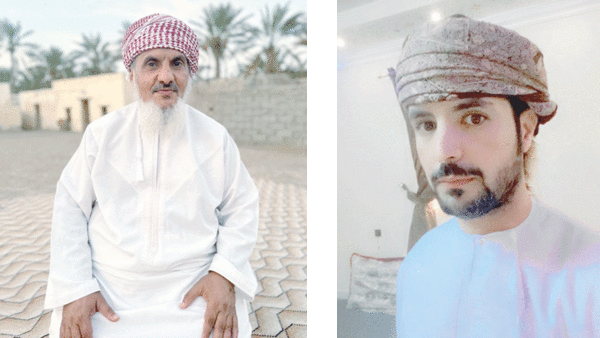

In response to the annual climate changes in South Al Sharqia Governorate every May, residents like Jameel Saleem Al Kasbi from Al Jawabi observe a transformation in the sea's behavior. He described how the waves rise from May until the beginning of September, altering the sea's scent and color to green, a season they call "al kharf." During this period, people avoid swimming in the sea due to the heavy humidity, despite the cool breeze, as noted by Ahmed Al Ghailani from Asilah.
This change has triggered a long-standing migration trend, with people leaving coastal communities like Al Ashkhara, Asilah, Swaih, and those living near the sea in places like Al Jawabi, Khwaimah, and Qrun. They are often referred to as "Bedouin" as they move from their villages to areas like Jalan Bani Bu Ali and Jalan Bani Bu Hassan in search of alternative livelihoods.
During this time, the sea-dependent residents switch to inland agricultural areas to assist farmers during what they call the "summer season." In return, they receive financial rewards or dates, which they take back to their villages after the season ends. Some even rent palm trees from farmers and harvest them with their children, a practice known as "Al-Tana."

Faced with these challenges, more coastal residents are choosing to temporarily leave their homes for the safety and economic opportunities offered by nearby cities. Al Ghailani mentioned, "Nowadays, people own homes in the cities, some still rent when they travel, and others have purchased palm trees due to improved economic conditions."
Al Kasbi recalled how life used to be tougher, traveling on camels to the interior areas and returning with essential supplies to survive for four months without much food and water, a situation that continued until the 1970s. With the introduction of jeeps during Sultan Qaboos' rule, transportation became more accessible and convenient, enhancing their quality of life.

However, it's important to note that when these coastal residents move to the inland villages, they take all their daily necessities with them. Their limited financial means make it impossible for them to afford duplicate sets of electronic devices and mattresses for both their coastal and inland residences. Thus, they carefully pack and transport all they need, ensuring they can maintain their daily lives in the new environment without added expenses.
They would return home in late August when their children's school year began, but "al kharf" would still persist. September marked the start of squid hunting season, prompting people to return to the coast to collect their livelihood, a tradition they were accustomed to.
On an economic level, both coastal and inland residents benefited from the "al Qaidh" season. Farmers struggling with the heat and heavy workload found help in harvesting dates, while inland residents rented out their homes, lands, palm trees, and farms to coastal dwellers. The coastal residents also profited by selling salted fish, as refrigeration wasn't available, preserving their catch with salt to sell in agricultural villages upon their return, thus boosting the local economy.
Oman Observer is now on the WhatsApp channel. Click here



